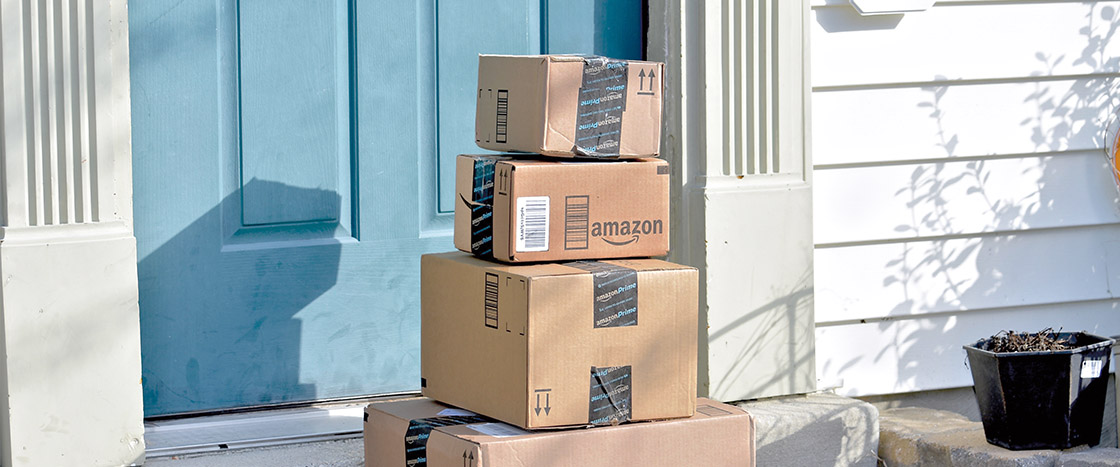When Tim* was 12, he desperately wanted a bicycle. For weeks, he’d worked odd jobs—babysitting, feeding his neighbor’s pig, anything for some extra cash.
Now, Tim finally had enough money. But where would he buy his bicycle? He couldn’t hop on Amazon. He couldn’t ask his parents to take him to Walmart. In fact, there was no place to buy a bicycle for many miles.
Was this because Tim lived on a remote island? Or a far-flung outpost in the Arctic? No—Tim lived on a farm in Alabama. But it was 1902. Back then, Amazon didn’t exist. There were no Walmarts. And across America, most stores were small, with a limited selection of items.
Luckily Tim had another option: the Sears catalog.
The Sears catalog was a whole new way to shop. It was thousands of pages long, and it had hundreds of thousands of items for sale. All you had to do was send Sears a letter saying what you wanted and include the cash to pay for it. A few weeks later, your purchase would arrive in the mail.
For Tim and millions of other Americans, the Sears catalog was a dream come true.


